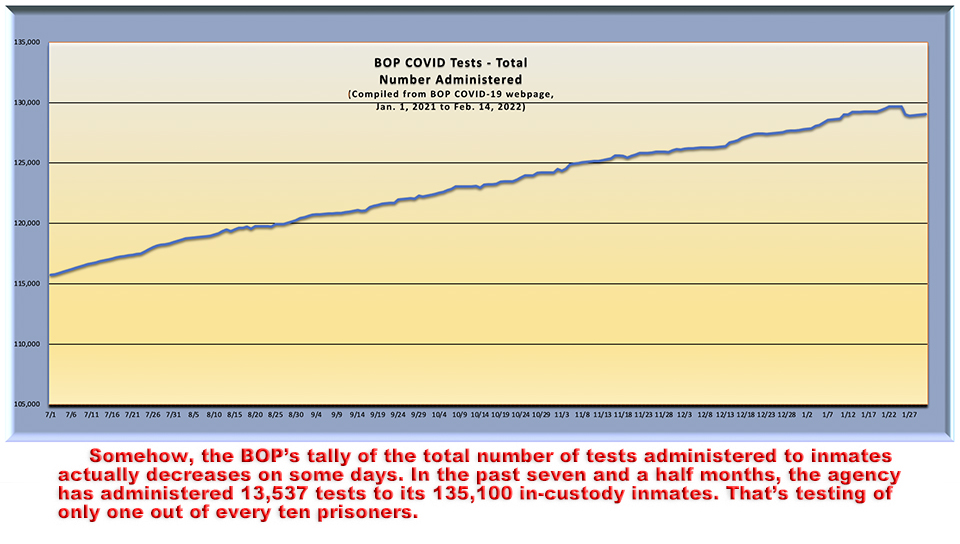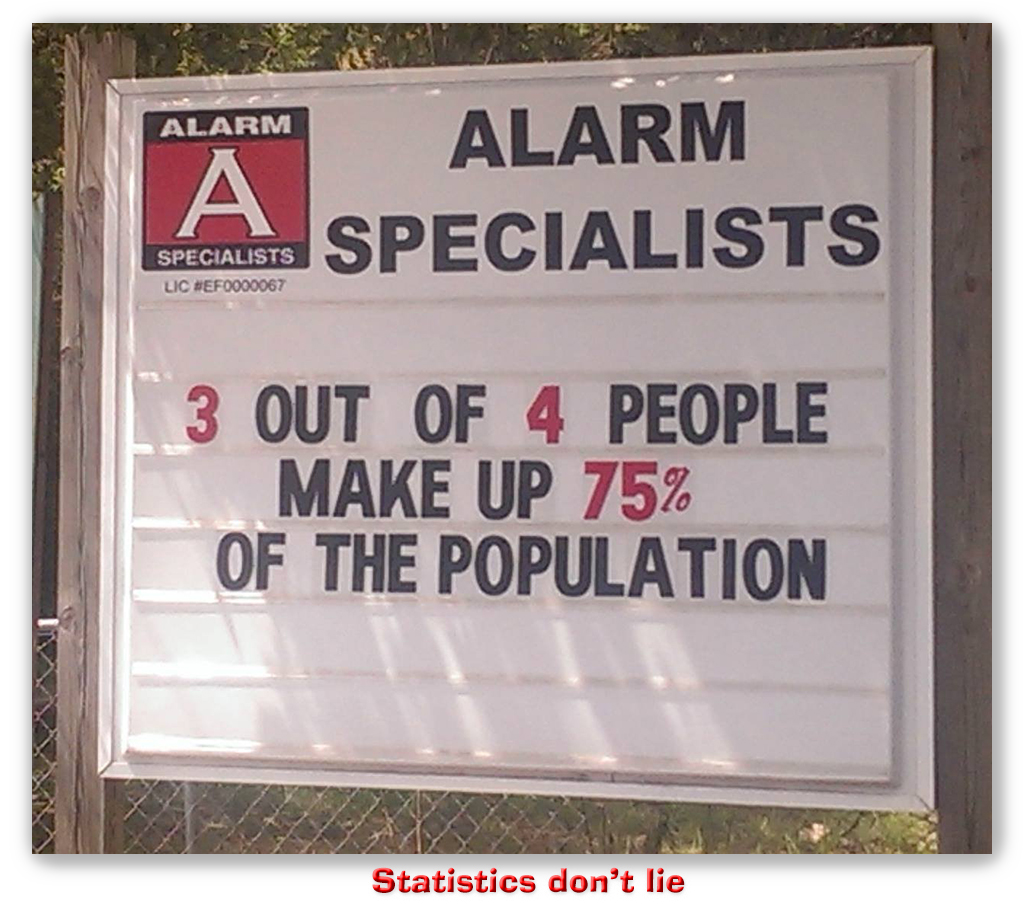We post news and comment on federal criminal justice issues, focused primarily on trial and post-conviction matters, legislative initiatives, and sentencing issues.

FORBES DRILLS INTO BOP’S CARES ACT RESPONSE TO COVID
Hanlon’s razor may have started as a joke, but humor reveals truth that straight exposition often obscures.
 Ironically, given the 7th Circuit’s Barbee holding (see yesterday’s post), Forbes magazine last week published the deepest dive into BOP COVID data yet, and asked whether the agency’s “reaction to COVID-19 and the implementation of the First Step Act… can be attributed to the government wanting to keep prisoners locked down and maintain jobs or a deeper, underlying problem.”
Ironically, given the 7th Circuit’s Barbee holding (see yesterday’s post), Forbes magazine last week published the deepest dive into BOP COVID data yet, and asked whether the agency’s “reaction to COVID-19 and the implementation of the First Step Act… can be attributed to the government wanting to keep prisoners locked down and maintain jobs or a deeper, underlying problem.”
A CDC study at FCI Texarkana last summer, Forbes notes, “demonstrated the potential for COVID-19 outbreaks in congregate settings including correctional and detention facilities, even among resident populations with high vaccination rates. It turns out that even those who are vaccinated are prone to being reinfected if they are in tight living quarters with those who become infected and are not vaccinated. Prisons present an environment where people are exposed to higher doses of infection that can overwhelm their dose of vaccine protection.”
Relying on data from Mark Allenbaugh (a former Sentencing Commission attorney) at SentencingStats.com, Forbes found that while there was an uptick in home confinement to about 5,400 prisoners in early summer 2020, “since then, that number has remained relatively flat, meaning that the elderly or sick inmates, who could be transferred to home confinement, have stayed in prison. In fact, the overall prison population, which bottomed in early 2021, has increased by more than 20,000 in the past year.”
What’s more, Forbes said, “the BOP’s COVID infection rates among inmates are also far worse than what the BOP is reporting and their own figures reflect that.” Allenbaugh said, “The BOP simply is not testing prisoners to determine if or when they are recovered. Rather, they are just assuming recovery after approximately 10 to 14 days. The rate of drop in infection among prisoners cannot be otherwise explained, particularly if you compare the trends between prisoners and staff. The problem, therefore, is that infectious prisoners are being returned to the general population spreading the infection even more.”
 Want proof? The BOP itself admits to only testing 13,537 times since last July. That’s about one out of every ten inmates once in 7-1/2 months.
Want proof? The BOP itself admits to only testing 13,537 times since last July. That’s about one out of every ten inmates once in 7-1/2 months.
Others echo this criticism. While data on the medical isolation rate, facility vaccination rate, and community transmission rate are all available on the prison bureau’s website, advocates, including Corene Kendrick (deputy director of the ACLU National Prison Project)and Joshua Manson, a researcher with the UCLA Law COVID Behind Bars data project, say most of the information on how many people have been infected with, or died of, the virus is inaccurate. “They’re not being fully transparent,” Manson told Capital News Service last week. “They’re sort of just asking the public to trust them when they’ve really given the public no reason to trust them. There have been enormous numbers of people who’ve been infected in the Bureau of Prisons’ custody…but we know that the actual number is considerably higher than that.”
Forbes also reported the numbers of prisoners that remain to be fully vaccinated plus those who need booster shots are much higher than the BOP has claimed. “While the BOP touts that its vaccination rates are near 90%, that includes those who have received only one shot, which we all know is not effective enough.” Allenbaugh also cited misrepresentations in BOP vax data (as I have noted in a prior newsletter), that institutions claim more vaccinated inmates than their total population.
Manson agreed, complaining the BOP website has a category for “fully vaccinated” inmates, but that number doesn’t include the number of people who have not yet gotten a booster. “Now, I don’t really think that you can call someone fully inoculated right now if they haven’t received the booster,” he said.
Part of the idea behind the CARES Act was to reduce prison populations. But Forbes reported that BOP facilities were at an average of 94.3% capacity in July 2020, 18 months later, they’re at an average of 98.8% capacity, with 93 institutions over their rated capacity. This is due in part to Biden’s closure of private prisons, resulting in “thousands of prisoners… now being crowded into BOP-run facilities.”
 Forbes said, “A new BOP director has not yet been appointed, but one cannot be appointed soon enough to change the poor management and deception of those currently in charge. It will take a monumental effort to change an organization that is failing the prisoners it houses and the employees who are becoming increasingly frustrated. The statistics don’t lie.”
Forbes said, “A new BOP director has not yet been appointed, but one cannot be appointed soon enough to change the poor management and deception of those currently in charge. It will take a monumental effort to change an organization that is failing the prisoners it houses and the employees who are becoming increasingly frustrated. The statistics don’t lie.”
The need for a longer-term solution is becoming more obvious, inasmuch as COVID will “continue to be a problem for incarcerated people, even as the world tries to move on,” according to Wanda Bertram of the Prison Policy Initiative. Public officials who have declared COVID endemic are “basically admitting that prisons are going to be more dangerous in terms of health risks than they’ve been before,” Bertram said.
Forbes, Statistics Show Federal Bureau Of Prisons Unable To Implement Key Policies During Crisis (February 7, 2022)
CDC, Outbreak of SARS-CoV-2 B.1.617.2 (Delta) Variant Infections Among Incarcerated Persons in a Federal Prison — Texas, July–August 2021 (September 24, 2021)
Front Royal, Virginia, Examiner, Lawmakers, families, advocates challenge handling of COVID in federal prisons (February 11, 2022)
North Carolina Health News, Breaking point: What is the future of COVID and incarceration? (February 10, 2022)
– Thomas L. Root

